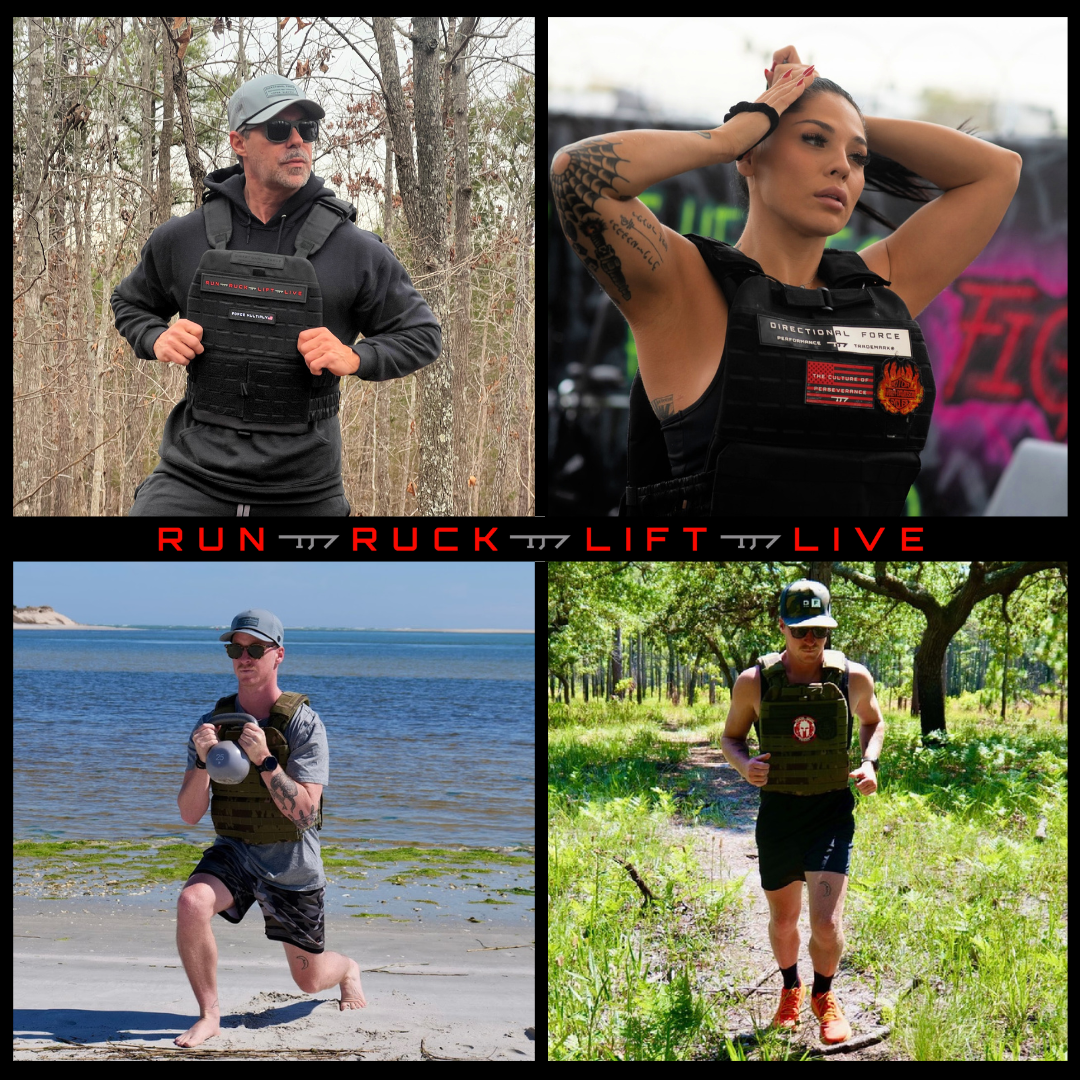We often hear fitness terms thrown around, but how many people truly understand their meaning? Knowing the basics can help you train smarter and more effectively. Don't worry, Fam - Directional Force has you covered.
Cardiovascular exercise is a cornerstone of fitness, but not all cardio is created equal. By training in specific heart rate zones, you can tailor your workouts to achieve different goals, from fat burning to improving endurance. This article breaks down the five primary cardio zones, explaining their benefits, intensity levels, and practical applications to help you maximize your training.
What Are Cardio Zones?
Cardio zones are ranges of heart rate, typically measured as a percentage of your maximum heart rate (MHR), that correspond to different levels of exercise intensity. Your MHR can be estimated using the formula: 220 minus your age. Each zone targets specific physiological adaptations, making it essential to understand them for effective training.

Zone 1: Very Light (50-60% of MHR)
Purpose: Recovery and Warm-Up
Zone 1 is the gentlest form of cardio, ideal for warm-ups, cool-downs, or active recovery days. At 50-60% of your MHR, this zone feels easy—you can hold a conversation without effort. It promotes blood flow to muscles, aiding recovery, and builds a base level of aerobic fitness.
-
Benefits: Improves circulation, enhances recovery, and builds basic endurance.
-
Example Activities: Walking, leisurely cycling, or gentle yoga.
-
When to Use: Post-intense workouts, during recovery days, or for beginners starting a fitness routine.
-
Duration: 20-40 minutes for recovery or longer for base-building.
Zone 2: Light (60-70% of MHR)
Purpose: Fat Burning and Endurance
Zone 2 is often called the "fat-burning zone" because your body primarily uses fat as fuel at this intensity. It’s still comfortable, allowing you to talk but with slightly more effort. This zone is key for building aerobic endurance and improving overall cardiovascular health.
-
Benefits: Enhances fat metabolism, increases aerobic capacity, and improves stamina for longer efforts.
-
Example Activities: Brisk walking, jogging, or steady-state cycling.
-
When to Use: Long, steady workouts or for those aiming to improve endurance without overexertion.
-
Duration: 45 minutes to several hours for endurance training.
Zone 3: Moderate (70-80% of MHR)
Purpose: Aerobic Fitness
Zone 3 strikes a balance between intensity and sustainability. You’re working harder, and talking becomes more challenging, but you’re not yet at a sprint. This zone improves aerobic fitness, strengthens the heart, and boosts lung capacity.
-
Benefits: Improves cardiovascular efficiency, increases stamina, and prepares you for higher-intensity efforts.
-
Example Activities: Running, cycling at a moderate pace, or group fitness classes like Zumba.
-
When to Use: For regular cardio workouts aiming to improve overall fitness.
-
Duration: 20-60 minutes, depending on fitness level.
Zone 4: Hard (80-90% of MHR)
Purpose: Performance and Speed
Zone 4 is where things get intense. You’re pushing your limits, and speaking is limited to short phrases. This zone improves your anaerobic threshold, allowing you to sustain higher intensities for longer and boosting speed and power.
-
Benefits: Increases anaerobic threshold, improves speed, and enhances performance in competitive activities.
-
Example Activities: High-intensity interval training (HIIT), fast running, or spin classes with sprints.
-
When to Use: For athletes or those training for races and performance goals.
-
Duration: 10-30 minutes, often in intervals due to the high intensity.
Zone 5: Maximum (90-100% of MHR)
Purpose: Peak Performance
Zone 5 is all-out effort, where you’re working at or near your maximum capacity. You can’t speak, and the effort is unsustainable for long periods. This zone is reserved for short bursts to maximize power and speed.
-
Benefits: Boosts maximum oxygen uptake (VO2 max), improves sprint capacity, and enhances explosive power.
-
Example Activities: Sprinting, high-intensity cycling bursts, or max-effort HIIT.
-
When to Use: For advanced athletes or during short, intense intervals in structured workouts.
-
Duration: 30 seconds to 3 minutes, with ample recovery between efforts.
How to Use Cardio Zones in Your Training
To make the most of cardio zones, you’ll need a heart rate monitor or a fitness tracker to track your heart rate in real time. Here’s how to incorporate them into your routine:
-
Assess Your Goals: Are you aiming to burn fat, build endurance, or improve race performance? Choose zones that align with your objectives.
-
Mix It Up: A balanced routine might include Zone 2 for long sessions, Zone 3 for regular cardio, and Zones 4-5 for interval training.
-
Listen to Your Body: Avoid overtraining in higher zones, as it can lead to fatigue or injury. Recovery in Zone 1 is crucial.
-
Progress Gradually: Beginners should start in Zones 1-2, while advanced athletes can incorporate Zones 4-5 sparingly.
Practical Tips
-
Calculate Your Zones: Use the 220-age formula for a rough MHR estimate, or get a professional VO2 max test for precision.
-
Monitor Intensity: Wearable devices like smartwatches or chest straps provide accurate heart rate data.
-
Stay Consistent: Regular training in the right zones leads to measurable improvements over time.
Conclusion
Understanding and utilizing cardio zones can transform your workouts by making them more purposeful and effective. Whether you’re a beginner looking to build stamina or an athlete chasing peak performance, training in the right heart rate zone ensures you’re working smarter, not just harder. Lace up, track your heart rate, and start optimizing your cardio today!
Disclaimer: Always consult a healthcare provider before starting any workout program or physical activity to make sure that you're healthy enough.
The content contained in this article is for information purposes only, and is not meant to be a substitute or replacement for professional advice and medical consultation. It is just shared as information only, and with the understanding that Directional Force, LLC, (Directional Force) is not engaged in the provision or rendering of medical advice or services whatsoever. You unilaterally understand and agree that Directional Force shall not be liable for any claim, loss, or damage arising out of the use of, or reliance upon any content or information in this article or any article provided by Directional Force. Please seek professional medical advice prior to engaging in, or undertaking any of the content, exercises, advice, and workouts provided by Directional Force.


